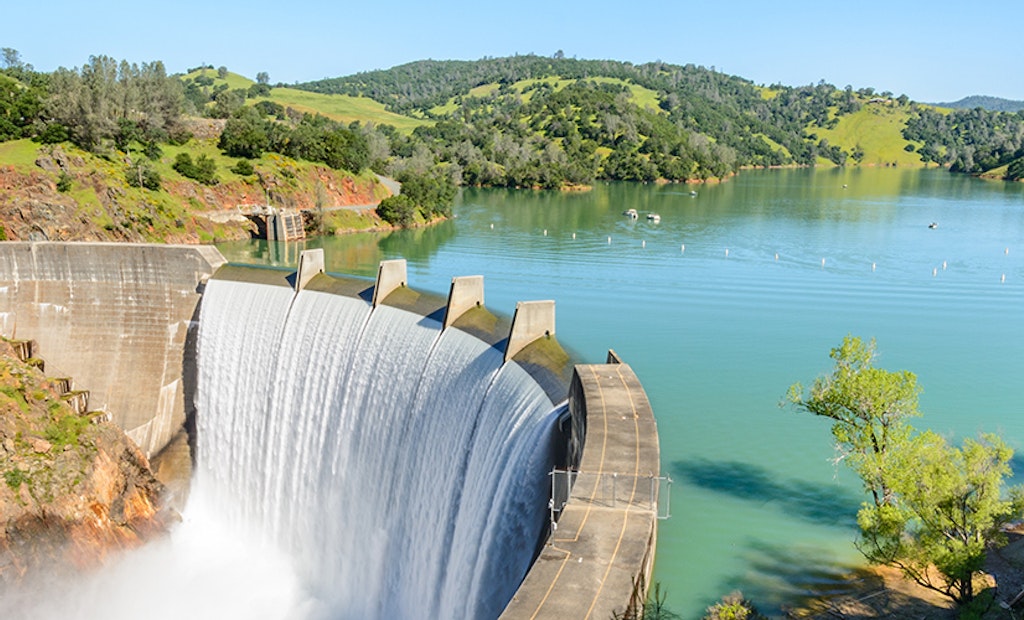In 2014, the World Bank announced that modern water and energy production systems were on a collision course. In this three-part Water and Energy series, this collision will be explained through examples of all the ways these two industries depend on each other.
The role of energy in water management
Along the path that water takes from source to tap or bottle, energy plays a role in every step. Primarily, it is in the form of electricity, but energy may be consumed via natural gas or fuel. Here are a few ways energy shows up in the consumer water cycle:
Water transportation
Water gets taken from various sources such as streams, rivers and springs. Often, these freshwater sources are remote and removed from accessible infrastructure like roads. Frequently, water gets sourced from former glacial areas or mountainous regions with snow-fed water systems.
Throughout the extraction process, fuel is used to transport vehicles to the source, to processing and treatment centers and then to distribution centers for consumption. Often these tankers are not electric vehicles, nor are they fuel-efficient. Moreover, the water must be stored in tanks that are subject to issues such as leaks or contamination. Some trips may be futile due to these issues.
Beyond actual vehicles, water transportation includes electric pumping systems in water districts around the world. Pumping water through pipes requires energy, and distribution is a tricky task made complicated by water pressure requirements. Monitoring this distribution system can take extra power.
Water heating
For consumers, hot water is essential. It sanitizes, cleans and soothes. Hot water occurs naturally in hot springs and other geothermal areas, but it takes electricity or natural gas to heat water in homes and businesses. According to the Alliance for Water Efficiency, 15% of household energy use can be attributed to heating water. One five-minute hot-water stream from the faucet uses the same energy that a 60W incandescent bulb does in 14 hours.
Imagine this water heating on an industrial scale. Industries that use hundreds of gallons of water a day such as textiles, some manufacturing and plastics can attribute substantial energy waste to the inefficient and frequent heating of water. It’s difficult, as well, to reuse hot water because it is usually contaminated or polluted, which means it must be transported elsewhere — requiring more energy — before it can be returned.
Water treating
Without wastewater treatment, water would be almost gone from many developed countries. Sewage treatment keeps what little freshwater the world has available in usable condition, repeatedly. However, in order to be treated water must be pumped in and out of the plant. Plants are not centrally located, which means lines to them may be several miles long. According to the EPA sustainable water infrastructure program, water and wastewater plants consumer 30 to 40% of a municipality’s total energy consumed.
Moreover, once the water arrives, the treatment processes are equally energy intensive. Filtration, aeration and chemical treatment all require pumps, hydraulics, gates and other nonmechanical systems. Furthermore, the water is treated by individuals in these plants, creating hefty overhead costs related to maintaining safe, well-lit and tolerable working conditions. A European study of 23 treatment plants showed that all of them could easily reduce power consumption by 20% to 80%.






